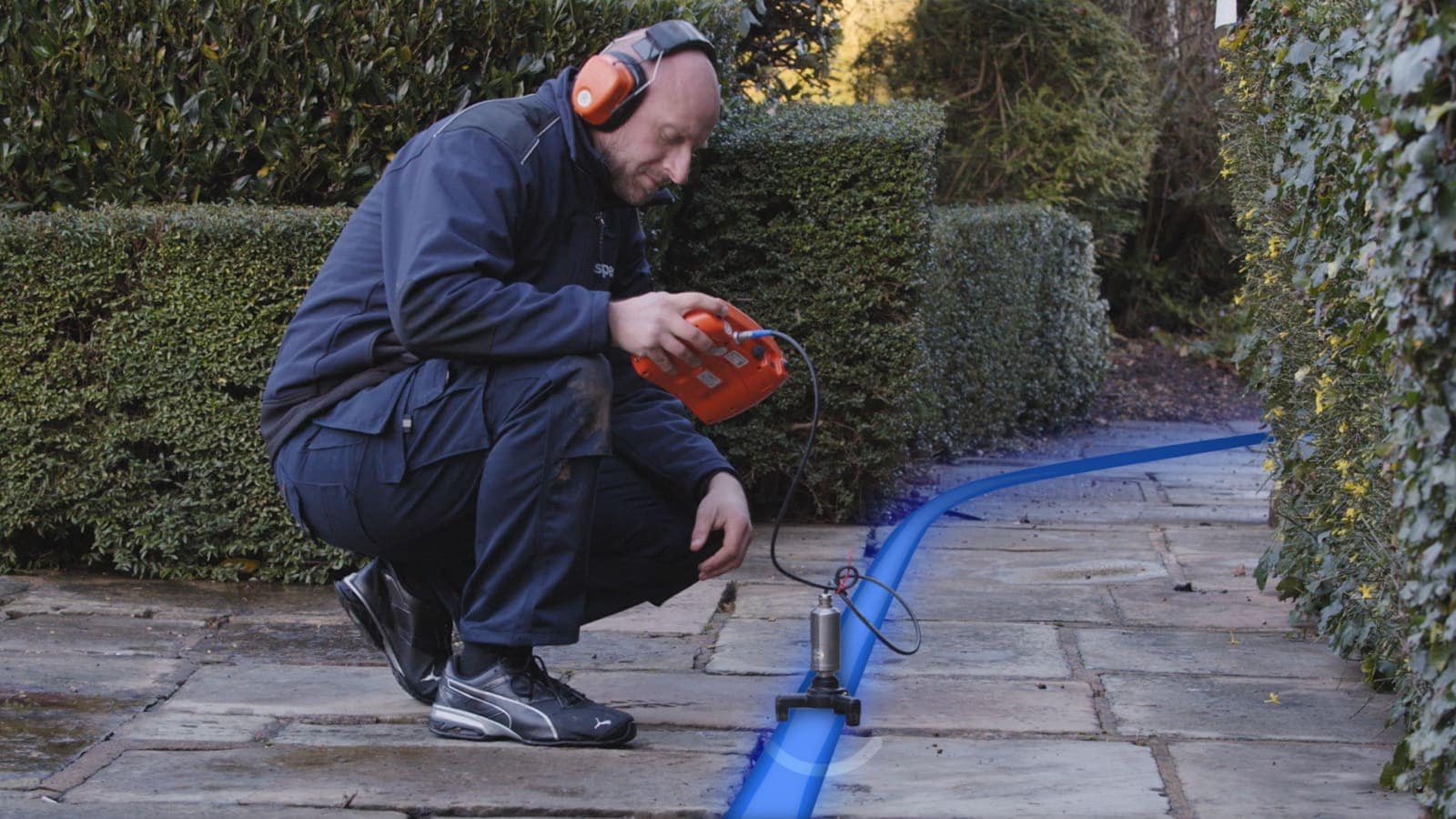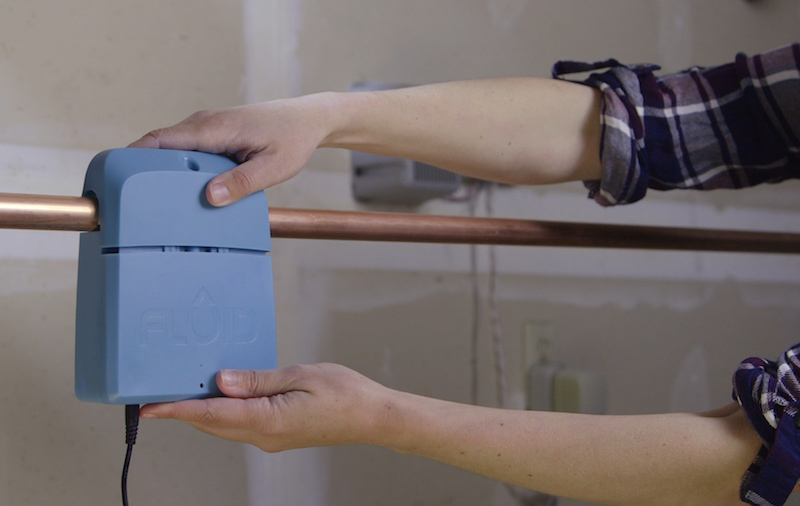Discover Reliable Water Leak Detection Providers for Accurate and Quick Results
Discover Reliable Water Leak Detection Providers for Accurate and Quick Results
Blog Article
Cutting-edge Solutions for Early Detection of Water Leakages in Structures and Facilities
As the stability of buildings and facilities is critical, the challenge of early detection of water leakages has stimulated ingenious remedies that guarantee to revolutionize the method we safeguard against potential problems. From innovative leakage detection modern technologies to the deployment of IoT sensors for real-time surveillance, the landscape of leak avoidance is evolving quickly. Artificial intelligence formulas provide a glance into the future of leak forecast, while thermal imaging provides a non-intrusive technique for pinpointing concealed leaks. Automated water circulation analysis systems are improving exactly how leakages are identified and resolved, paving the means for an aggressive technique to water leakage discovery. Each of these solutions holds the key to making certain the integrity and longevity of our built atmosphere, triggering a change in the direction of an extra lasting and efficient future.
Advanced Leak Detection Technologies
Advanced leak detection innovations, furnished with sophisticated sensing units and formulas, play a vital duty in promptly determining and identifying water leaks in various settings. These technologies employ a combination of acoustic, thermal, and electromagnetic sensing approaches to identify leakages precisely. Acoustic sensors identify the noise of getting away water, enabling precise localization of the leakage resource. Thermal imaging finds temperature adjustments triggered by water leak, providing one more effective method for leak identification. Electromagnetic sensing units can determine changes in magnetic fields brought on by water, providing yet one more layer of leakage discovery capability.

IoT Sensors for Real-Time Monitoring
In the realm of modern-day water leakage detection, the combination of IoT sensors for real-time tracking stands for a crucial development in improving aggressive leakage discovery capabilities. These sensing units supply continuous monitoring of water systems, offering real-time information on water circulation prices, stress variations, and temperature adjustments. By leveraging IoT technology, these sensors can spot even the smallest anomalies in water usage patterns, making it possible for early identification of potential leaks before they escalate into major issues.
IoT sensing units transfer data to a centralized platform, where sophisticated algorithms analyze the information and generate notifies or notices when irregularities are found. This real-time tracking ability enables residential or commercial property owners or facility supervisors to immediately deal with leakages, minimizing water damages, lowering fixing prices, and preserving water sources.
Moreover, IoT sensors can be integrated with structure monitoring systems, enabling automatic actions to discovered leaks, such as turning off water shutoffs or triggering pumps to mitigate the influence of leaks. Generally, the application of IoT sensing units for real-time tracking substantially browse around these guys improves the efficiency and performance of water leakage discovery in buildings and infrastructure.
Machine Understanding Algorithms for Leak Forecast

One trick benefit of utilizing artificial intelligence for leakage prediction is its ability to continually discover and improve its precision over time. As even more data is collected and fed right into the algorithm, it can improve its predictions and adapt to altering conditions, ultimately boosting the dependability of leakage detection systems.
Moreover, artificial intelligence formulas can assist in identifying refined signs of leakages that may go undetected by standard monitoring techniques. water leak detection. By analyzing complicated data embed in real-time, these algorithms can provide early cautions and notifies, enabling prompt treatment and precautionary upkeep to reduce possible water damage and connected costs
Using Thermal Imaging for Leakage Detection
Thermal imaging modern technology supplies a promising method for finding water leakages in numerous systems and facilities. By using infrared radiation and temperature variances, thermal imaging video cameras can determine covert leaks that are not quickly visible to the naked eye.
Among the essential advantages of thermal imaging for leak detection is its non-intrusive nature. Unlike conventional techniques that might need breaking into walls or floors to locate leaks, thermal imaging permits non-destructive screening. This not just conserves time and link minimizes prices however likewise lessens interruption to the building or infrastructure being assessed. Additionally, thermal imaging can quickly check huge locations, supplying a detailed summary of potential leakage resources in a timely manner. In general, using thermal imaging technology enhances the performance and precision of water leakage discovery, making it a useful tool for keeping the integrity of structures and facilities.
Automated Water Circulation Analysis Equipments
Exactly how can automated water circulation analysis systems change the detection and monitoring of leakages in various systems and frameworks? Automated water flow evaluation systems offer an aggressive method to leakage detection by continually keeping track of water flow prices and patterns. By developing baseline information, these systems can promptly recognize discrepancies that may suggest a leakage, making it possible for punctual treatment to prevent comprehensive damages.
These systems utilize sophisticated formulas to assess real-time information and supply immediate alerts when anomalies are identified, permitting swift action to be taken. In addition, computerized water flow analysis systems can be incorporated with structure management systems or IoT platforms, improving total efficiency and allowing remote surveillance capacities.
Furthermore, the data collected by these systems can be Get More Information used for predictive maintenance purposes, helping to identify possible weak factors in the framework prior to leaks happen. In general, the application of automatic water flow analysis systems can significantly enhance leak detection and management practices, inevitably bring about set you back financial savings, decreased water waste, and boosted sustainability in buildings and infrastructure.

Final Thought
Finally, the assimilation of advanced leak discovery technologies, IoT sensors, device knowing algorithms, thermal imaging, and automatic water circulation evaluation systems uses cutting-edge remedies for early detection of water leaks in buildings and infrastructure. These technologies enable real-time monitoring, prediction of leaks, and efficient detection approaches to stop water damage and wastage. Executing these services can help in maintaining the integrity and sustainability of water supply in different settings.
Report this page